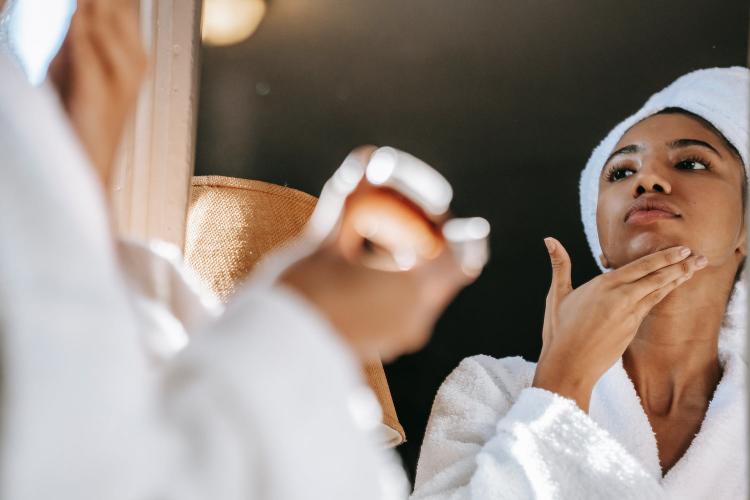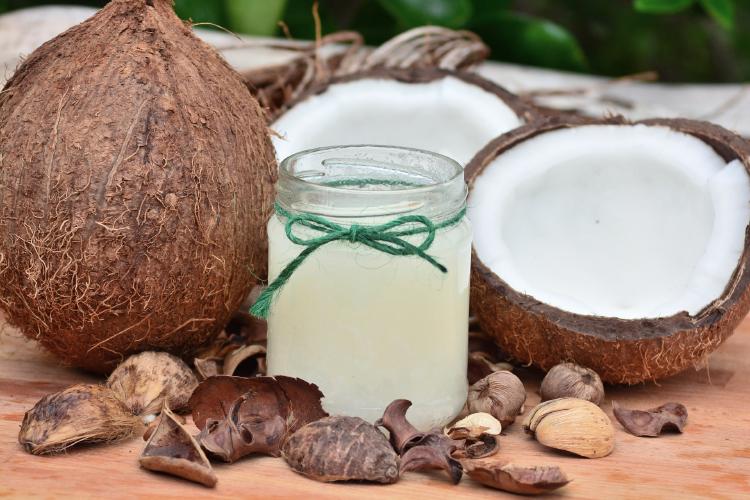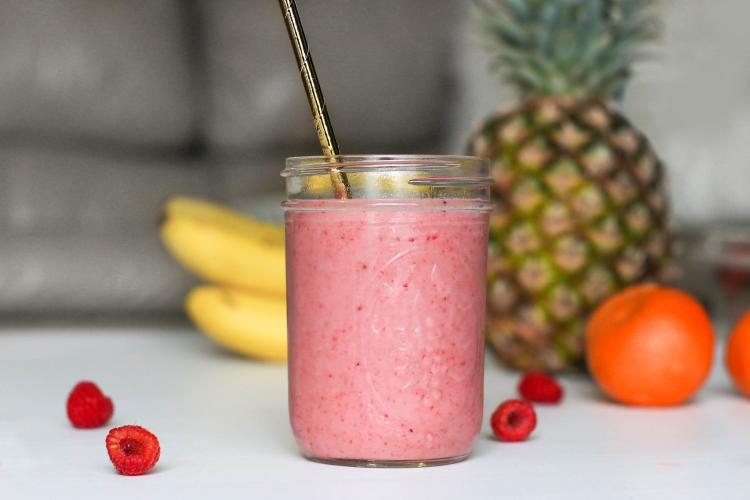
As spring and summer days are just around the corner, we need to keep in mind the issue of skin care. We know already, exposing our bodies to the sun brings benefits to our health. But what are the consequences for our skin if we head to the sun with no protection at all? Check out this article to find some useful info and tips on: Sun and Skin Protection: How To Healthily Enjoy Sun Exposure
We all need some sun exposure. When skin is exposed to the sun, our bodies make vitamin D, which helps the body absorb calcium for stronger, healthier bones. It will only take a couple of minutes a day to produce enough vitamin D, which actually you can get from a balanced and healthy diet as well - but that's a story for another day-. Now, as the sun has become a deadly laser to our skins, too much unprotected exposure to its UVA (ultraviolet) rays can lead to serious skin damage, eyes damage, skin burnt and rashes or skin cancer at its worst. Even people in their twenties can develop skin cancer.
The sun radiates light to the earth, and part of that light consists of invisible UVA rays. When these rays reach the skin, they cause tanning, burning, and other skin damage, mainly skin burnt and skin rash.

So how can we head out to some sunbathing while protecting our skin in a eco-friendly manner? Let's check some info and tips that you'll surely find useful and easy to follow.
I would dare to say that the basis for any more sustainable choice in beauty products has to do with being informed. Informed about what? you may ask. Well, basically about the ingredients that are used in the the making of this or that product.
Most of the times, regular beauty products, the ones that you can easily get in a pharmacy or regular market, usually for a few bucks, are made of extremely harmful chemicals. In the long term, this can result in not obtaining the results that you expect and in health issues like allergic reactions or skin rash.
When buying a sunscreen to protect your skin from extended sun exposure, this is no exception. The science of using topical creams is relatively new, so it seems rather difficult still to choose the best sunscreen in regular markets. Slathering yourself into tons of sunscreen may lead to a false belief of protection.
In the past few years, the FDA (Food and Drug Administration) has tried to clarify consumer confusion regarding sunscreens by asking manufacturers to label their products with an SPF (sun protection factor) numbering system and to state whether or not the product provides broad spectrum coverage, that's to say against UBV rays too.
However, most of the regular chemicals used in the making of sunscreens can lead to photo sensitivity and allergic reactions in your skin and the long term effects of their use are not yet fully clear. So what do we choose?
Broad spectrum refers to sunscreens which protect against both UVA and UVB rays. As we said, UVA and UBV sun rays can lead to serious premature skin damage. That's the reason why broad spectrum sunscreens are preferred over regular UBV protection ones.
This chemical derives from vitamin A and it is regularly associated with skin cancer when used on sun exposed skin. Its effects for the human skin are still under study and its use is not recommended as an effective method of protection. The good thing is that only 25% of sunscreens available on the market used Retinyl Palminate. So next time you head to your pharmacy or store for a sunscreen, check closely on the label and its ingredients! Simple, right?

The spray-on sunscreens are easier to use, more practical and convenient but less effective in protecting your skin than rubbing some sunscreen cream over your body. Besides, sprays have a direct negative impact on the depletion of the ozone layer as they release a lot of toxic greenhouse gases. Try not to go for spray-on options, if possible.
So far we've covered a bunch of information and tips related to sunscreens and their chemical components. But if you are already opting for eco-friendly products on a regular basis, and you want to dig into new ways of protecting your skin from sun exposure and go even greener, take the following tips into account!
Yap, what you are reading is correct. You can prepare your own homemade sunscreen with ingredients that are easy to find and not expensive at all. There are endless recipes online. Most of them will be based on the following natural ingredients:
Do not be scared to include zinc oxide into your daily skin routine for sun protection. Be sure to use non-nano zinc oxide to produce a natural homemade sunscreen.
You may be interested at: The 10 Best Vegan Body Lotions to Recover Your Skin

Naturally, as days grow hotter and hotter, we use less clothing to regulate our body temperature. This might result in something counterproductive as our skin ends up more exposed. And something must be said at this point, UVA and UVB rays have become so harmful that not necessarily you have to be sunbathing at a beach to get sun burnt. You can get sun burnt on a daily walk to work, as well for instance. Consequently, it is not a bad idea to start thinking about equipping yourself with some sun-protective clothing.
Wear long-sleeved shirts made from light, breathable organic cotton. Consider wearing longer shorts, such as board shorts, rather than high-cut ones. Long skirts and lightweight maxi dresses can offer cool sun protection too. And remember that sun rays can harm your vision too. So, a good pair of sunglasses can finish up a nice summer outfit, don't you think? It's possible to look cute and stay protected!
Here are great options for you: Clothing for Sun Protection: How to be Trendy From UV Rays.
That's right. Those food items really exist! Carotenoids, natural plant pigments found in many fruits and vegetables, can help protect eyes and skin from sun damage. Some studies suggest they possess anti-carcinogenic properties as well.
The most common fruits and vegetables with carotenoids are apricots, asparagus, beets, broccoli, cantaloupe, carrots, corn, guava, kale, mangoes, mustard and collard greens, nectarines, peaches, pink grapefruit, pumpkin, squash (yellow and winter), sweet potato, tangerines, tomatoes, and watermelon. Make sure you include some of these in your daily diet!

This one tip may sound a little bit obvious, right? However, not many of us do wear them. Hats have been historically iconic fashion accessories. So why not to include them on our daily spring and summer outfits? Wide-brimmed "sun hats" (sometimes called "gardening hats") cast shade over the entire upper-body. Since areas like the forehead, nose, neck and shoulders are some of the most likely to burn from sun exposure, this makes these hats a must. Many styles for boys and girls are available out there! Go and fetch yours now!
It may come as a surprise, but the sun itself can actually help you to protect yourself from its damaging effects. How is that possible? This is it: our skin -the largest organ in our body, BTW- is designed to naturally release large quantities of vitamin D when exposed to UVB rays from sunlight. At the same time, Vitamin D itself helps protect skin from cellular damage. That includes cellular damage from the sun itself!

The trick is to not over-expose your skin to direct sunlight. 15 minutes of exposure is more than enough for our bodies to produce vitamin D. And remember the rule of thumb for a healthier sun exposure: do not head to the sun at noon! At midday, the sun is at its highest and you will need a shorter time of exposure, and the impact of UVA and UBV rays will be less harmful. It sounds nuts, right? but studies have shown it. You can head safe and protected to the sun and absorb your daily necessary amount of "the sunshine vitamin" at midday.
Another element to this is to consider "more natural methods" of sun taking rather than sunbathing, just laying there under the bright star. We all love a little bit of relaxed sunbathing, I know! But consider for instance camping, hiking, swimming or surfing… these are also very effective and motivating ways to enjoy sunlight in a safer manner. Don't you think?
By using natural methods, it's possible to protect ourselves from damaging UVA rays in a healthy way, and enjoy the sun's bountiful benefits at the same time!
Read more here: The Ultimate Guide to Sun Protection: All You Need to Know.